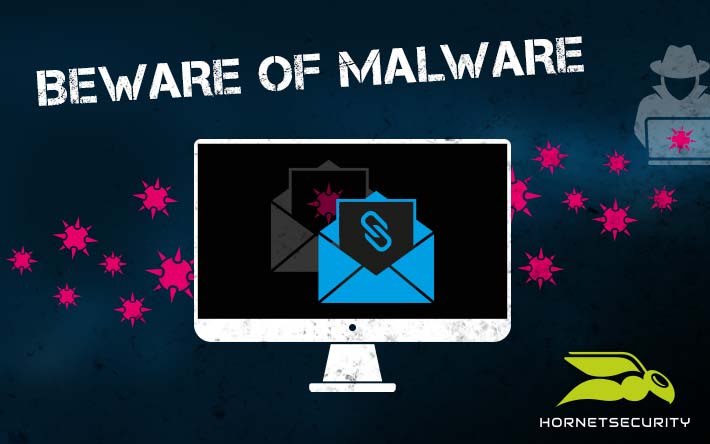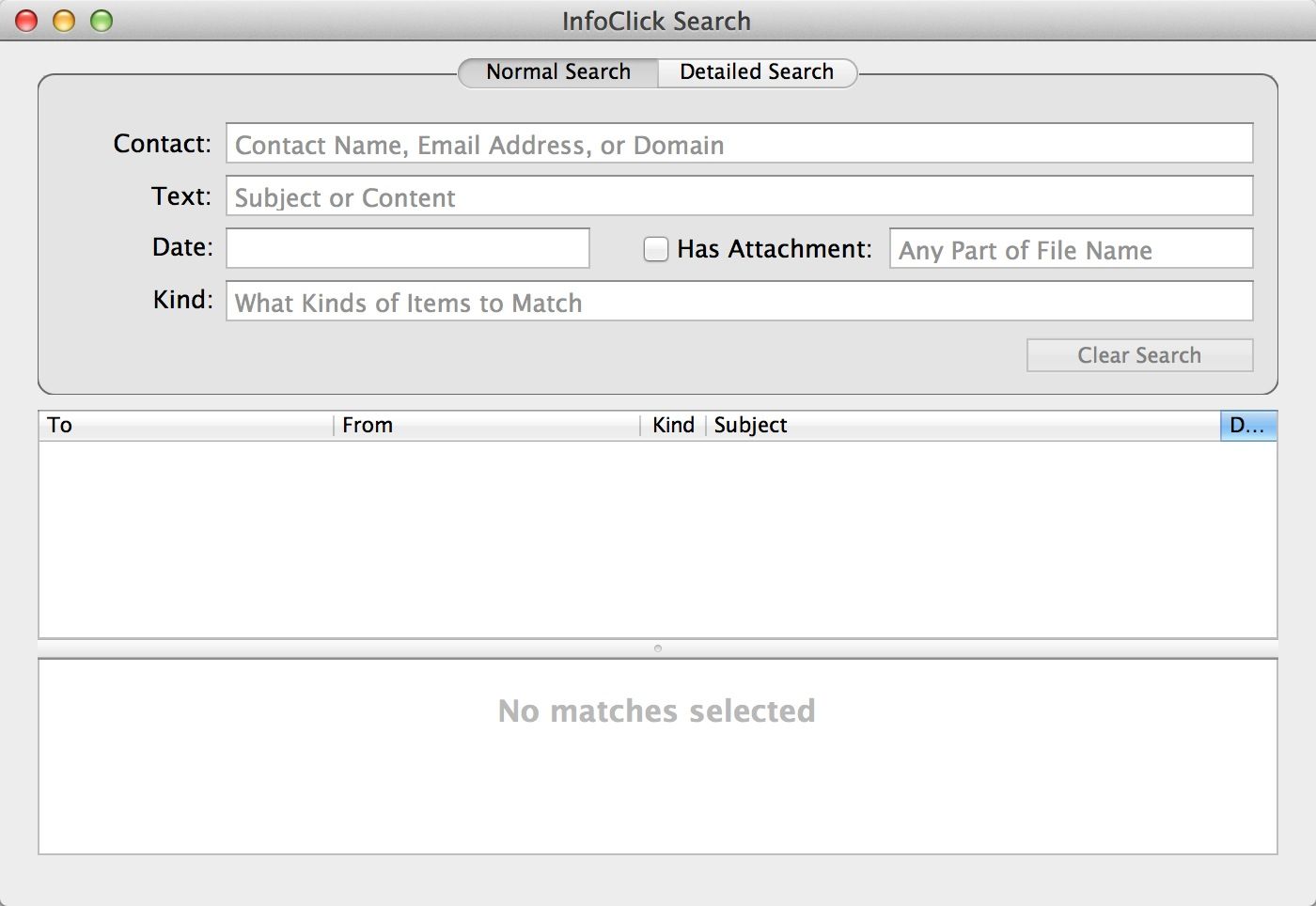
- #INFOCLICK MALWARE INSTALL#
- #INFOCLICK MALWARE ZIP FILE#
- #INFOCLICK MALWARE CODE#
- #INFOCLICK MALWARE DOWNLOAD#
#INFOCLICK MALWARE CODE#
These files have a filename of flashplayer20_ga_install.exe.īased upon processes already running on an infected system, Ramdo injects malicious DLL code into the process, downloads a CEF from its C2 server and navigates to advertisements on a fake browser. It is spread through both exploit kits (RIG, Angler, Blackhole) and spam email containing URLs that redirect users to malicious Adobe Flash Player. The Ramdo malware family is one of the many malware families dedicated to click fraud. As of November of 2018, most of the major threat actors behind Kovter have been brought to justice, effectively bringing down the click fraud malware’s infrastructure. The C2 server then sends ads to the infected machine, which are then displayed in the CEF browser. Kovter works by running a hidden Chromium embedded framework (CEF) browser on the compromised system.
#INFOCLICK MALWARE DOWNLOAD#
As Kovter avoids detection, it has the ability to download additional malware, steal sensitive information and even give attackers access to the infected system.
#INFOCLICK MALWARE ZIP FILE#
zip file attachments of a UPS email containing malicious JavaScript files. Kovter is a click fraud malware that uses its fileless design to avoid detection after infection. MIUREF may be disguised as cracks or key generators.
#INFOCLICK MALWARE INSTALL#
One of the other capabilities of MIUREF is to install the TSPY_FAREIT malware family.


It is most commonly spread through spam email attachments and installs itself as a browser plugin and is loaded whenever the browser is opened. This Trojan, which uses click fraud in its attack campaign, was originally discovered in November 2013.

The threat of click fraud is increasing to be sure and has prompted Google to include click fraud in its new definition of “potentially harmful applications” (PHA). Downloaded through vulnerability exploits.There are many ways that click fraud malware can infect a system. These clicks translate into dollar signs for the attackers, who may be hired by an ad agency - but regardless of origin, the end result is often the spreading of even more dangerous malware Some click fraud is used by ad agencies to inflate click numbers, but a generous amount of the click fraud activity online is performed by malware.

Part of the point (from the attacker’s perspective) is to generate clicks for advertisements regardless if there is genuine interest or not. Did you know that according to advertising experts, one in five paid clicks in the month of January 2017 was fraudulent? This means that either malware, a dedicated application or an unfortunate person was responsible for this click.Īlso known as pay-per-click (PPC) or performance-based advertising, click fraud is the practice of imitating the actions of legitimate web users clicking on a web-based advertisement.


 0 kommentar(er)
0 kommentar(er)
